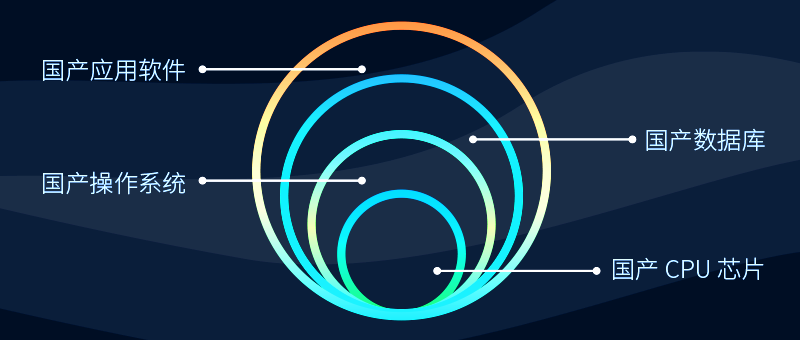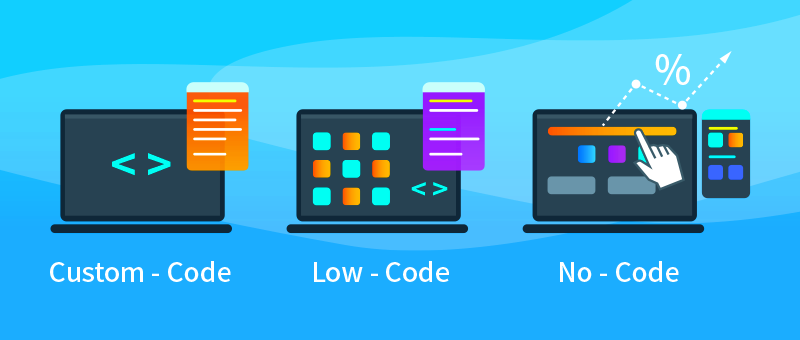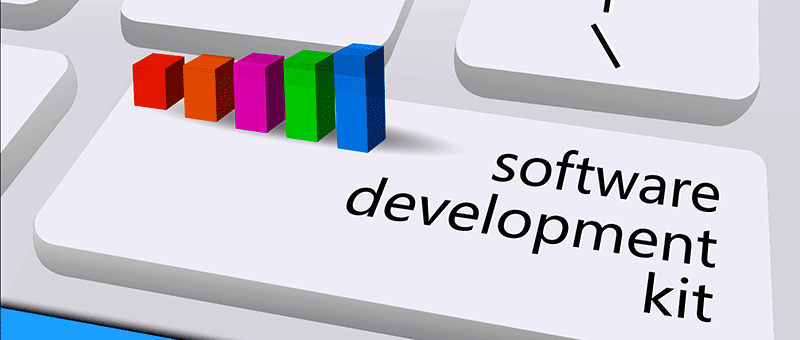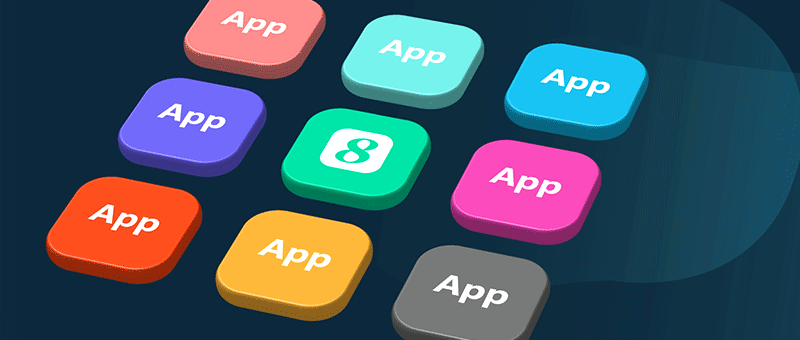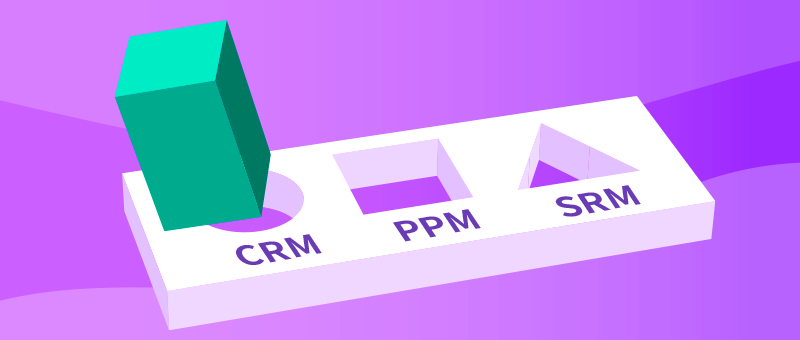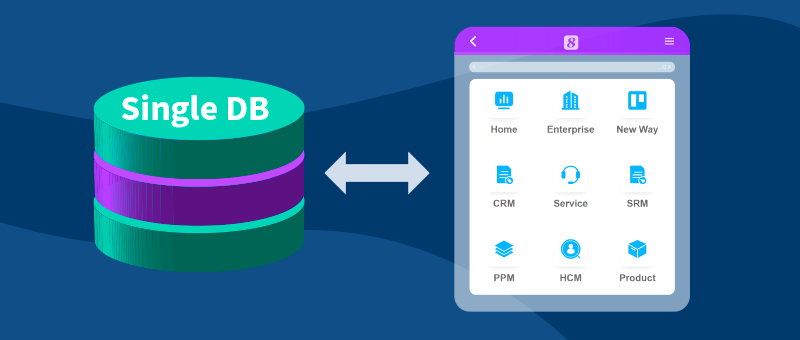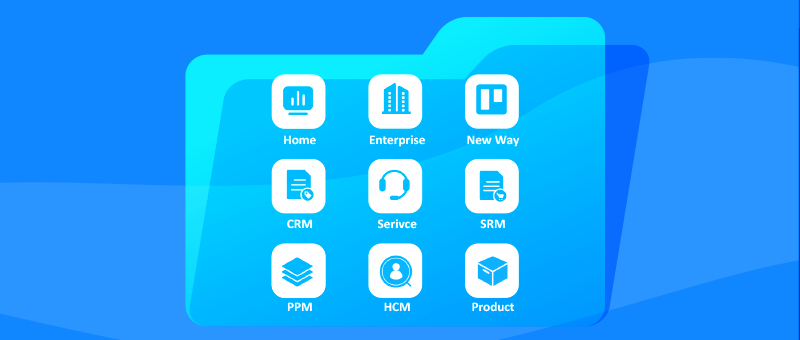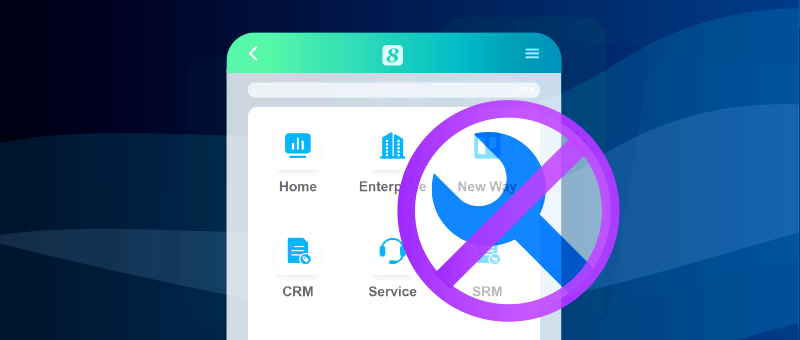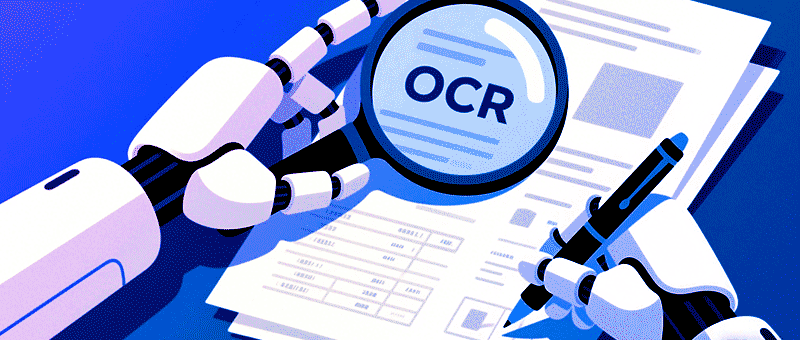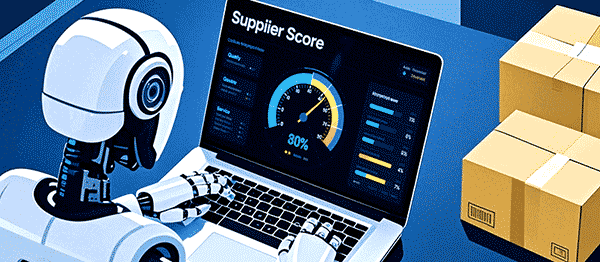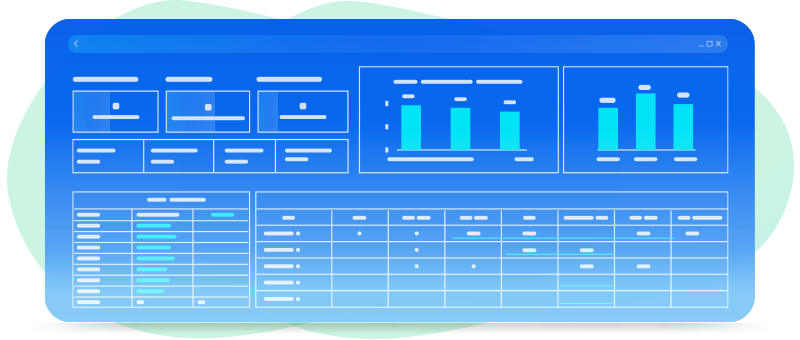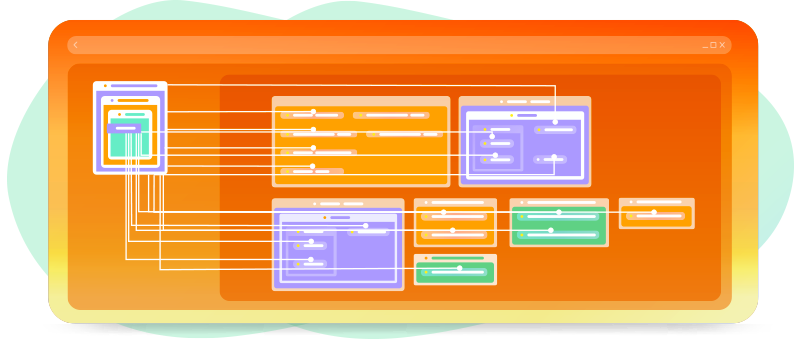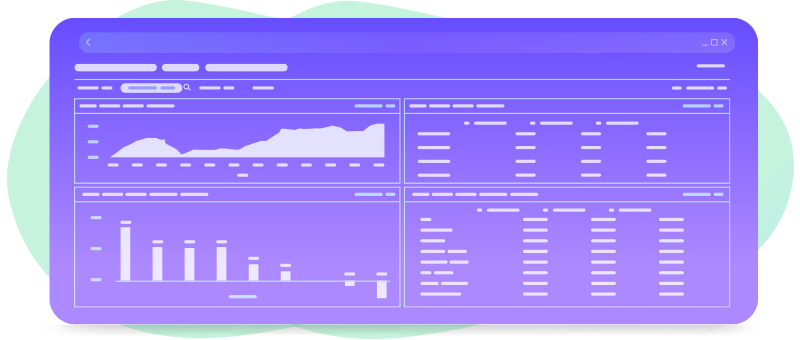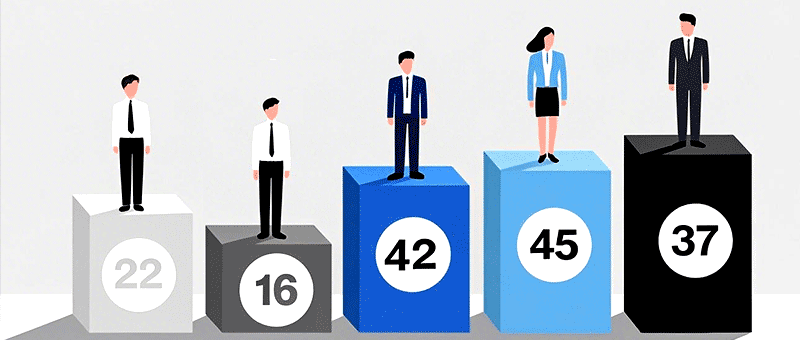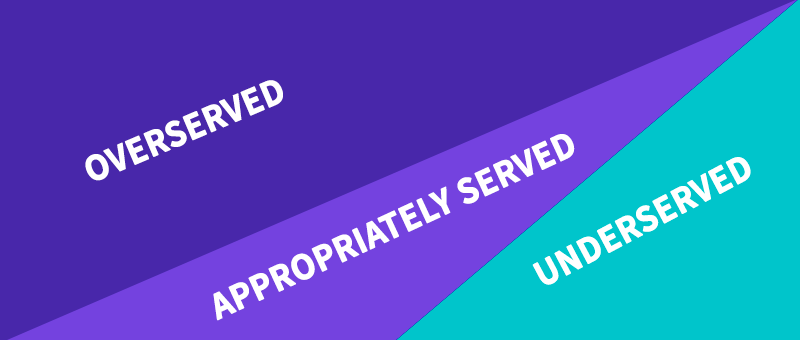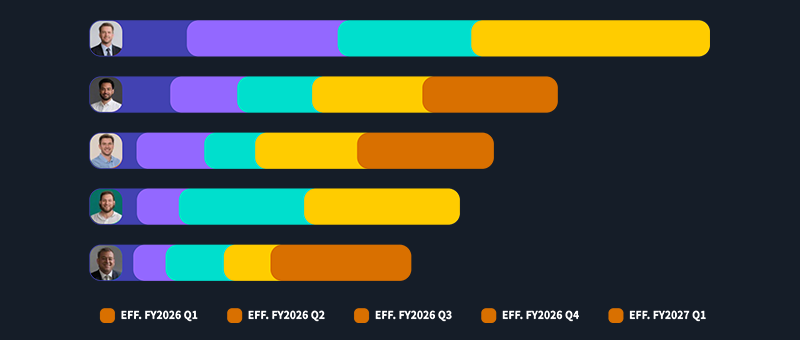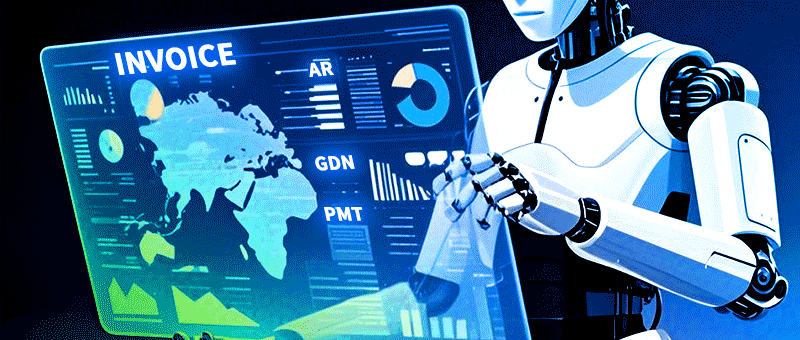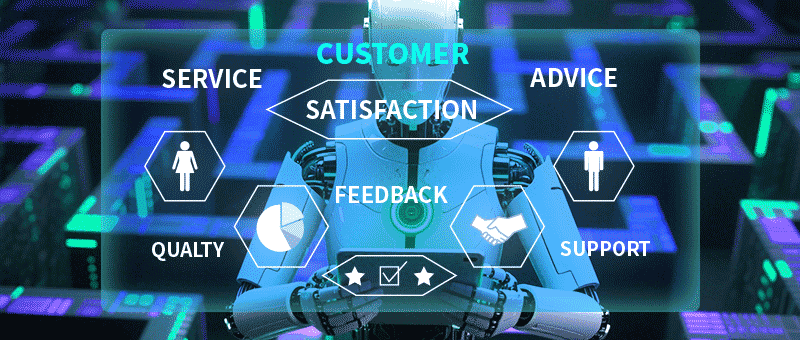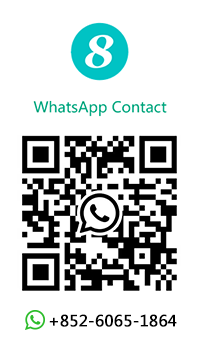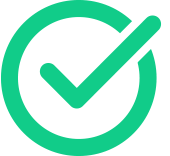




































-
Security
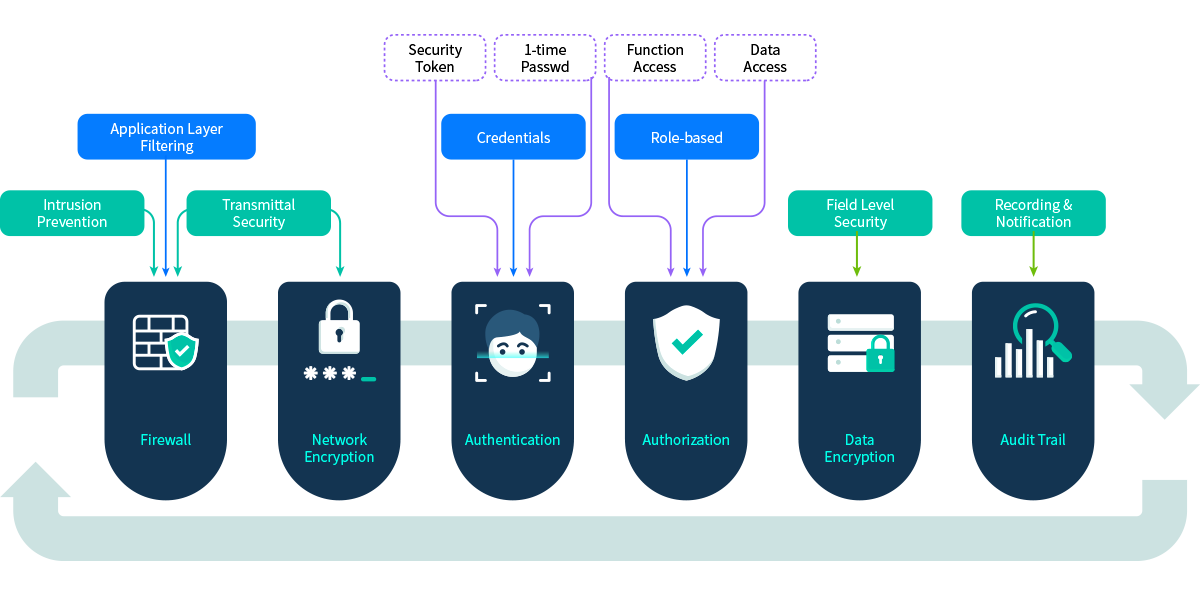
8Manage supports N-tier architecture which allows firewalls to be set up for packet inspection and application filtering to protect the servers in each layer against malware and intrusions. 8Manage uses HTTPS for transmittal security and supports Two-Factor Authentication (2FA) , separate role-based authorization for function and data, different methods for data encryption and provides the audit trail mechanism to log actions, detect unwanted behaviors and send out alerts.
-
Network Security
Transmittal Encryption:
8Manage uses HTTPS for secure communication over computer networks. HTTPS is a mature technology that is widely used on Mobile Internet. In HTTPS, the communication protocol is encrypted by Transport Layer Security (TLS), or formerly, its predecessor, Secure Sockets Layer (SSL).
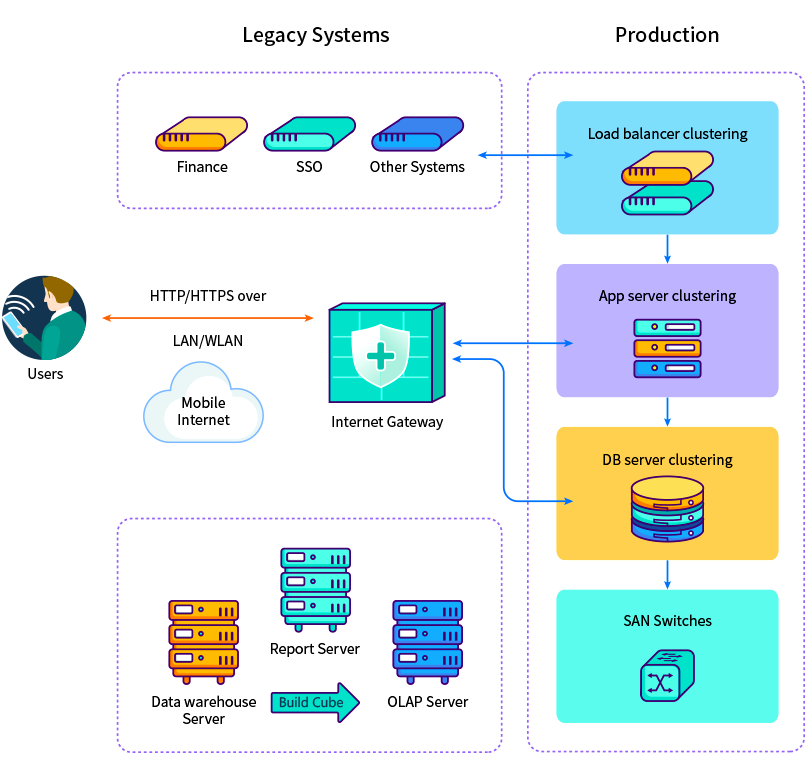
Device Address Access Control:
This is for the organizations who want to control who can access to the system by IP address, Network Segment or device access controlled by firewall.
-
Multi-factor Authentication (MFA)
8Manage supports different authenticator apps (e.g., Google Authenticator, Microsoft Authenticator) and different types of security tokens for MFA to provide an additional layer of security and makes it harder for attackers to gain access to a person's devices and online accounts, because knowing the victim's password alone is not enough to pass the authentication check. 8Manage MFA has long been used to control access to sensitive systems and data, and online services are increasingly introducing 8Manage MFA to prevent their users' data from being accessed by hackers who have stolen a password database or used phishing campaigns to obtain users' passwords.
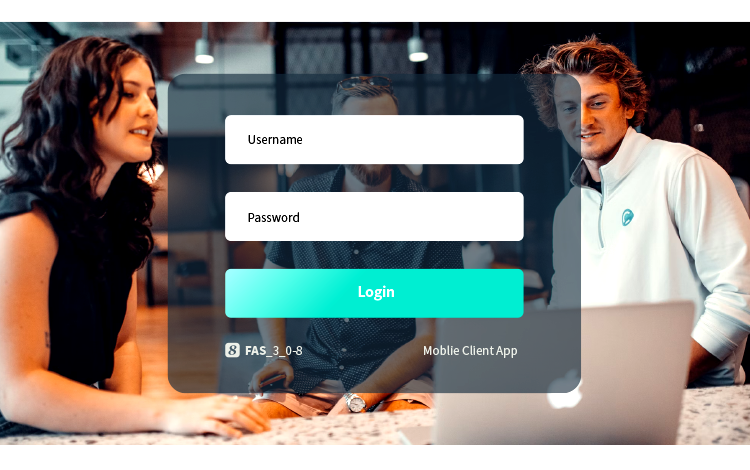
Single Sign On (SSO) Integration:
8Manage supports the integration with SSO such as Windows Active Domain, LDAP, CAS, Open AM and Oracle OAM.
Third-party Authentication Integration:
8Manage has the pre-built integration with i-Sprint Authentication Service.
-
Stringent Password Security
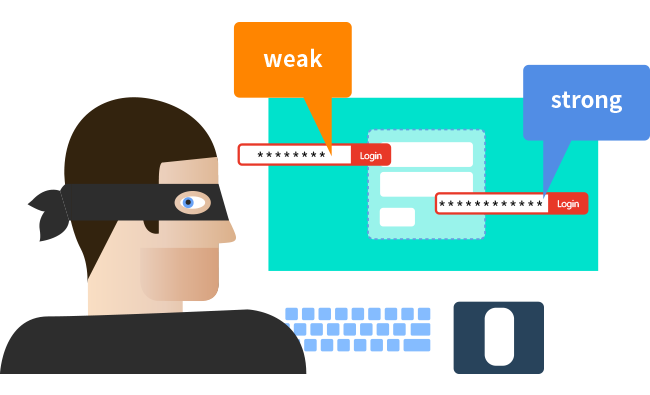
Password Strength & Protection Policies:
8Manage allows the security officer to determine and set the following password strength and protection policies:
- Mandatory password change for initial user login
- Mandatory periodical user password change policy
- Password minimum length enforcement
- Password minimum number of alphabets enforcement
- Password minimum number of digits enforcement
- Password minimum number of special characters enforcement
- Word disallowed in password
- Number of repetitions of the password
- Login time control by roles/users
- Suspend inactive users
- Password age constraint
-
Data Encryption
8Manage supports the following for data encryptions:
- Advanced Encryption Standard (AES) 256 for file and database encryptions
- Secure Hash Algorithm (SHA) 256 is used for password hashing
- Pretty Good Privacy (PGP) 4096 is used for license file encryptions
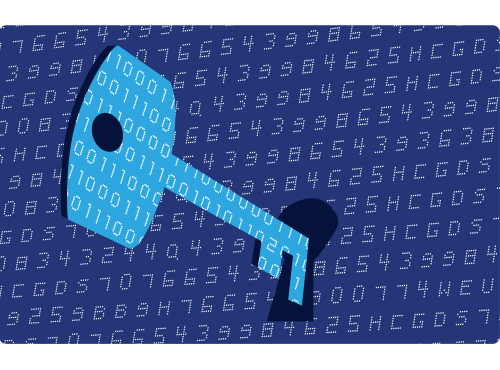
-
Role Based Access Control
One of the key concepts in placing controls over functions and data of systems is segregation of duties. Segregation of duties serves the following 2 key purposes:
- Ensuring that there is oversight and review to catch errors
- Helping to prevent fraud or theft because it requires two people to collude in order to hide a transaction
8Manage supports segregation of duties and provides Role Based Access Control (RBAC) to control accesses by entitlement and/or authorization. In 8Manage, when the user is being assigned to or unassigned from a role, she will be automatically entitled to or debar from the access rights associated with that role. The user can also gain or lose additional access rights that are authorized to or removed from her by higher authority.
Due to the fact two managers of two different departments might need to have the same access rights to system functionality but different access rights to data (e.g., Manager A of department A needs to access department A’s data and manager B of department B needs to access department B’s data), 8Manage supports separation of access rights to system functionality and data (e.g., Manager A and manager B have the same rights to functionality but different data access rights to data).
RBAC: Functional Access Entitlement
8Manage allows different roles (e.g., Sales Rep, Project Mgr., HR Mgr. and Financial Controller) to be defined and each user is assigned to one or multiple roles. The user’s functional access rights are determined by the roles assigned to her.
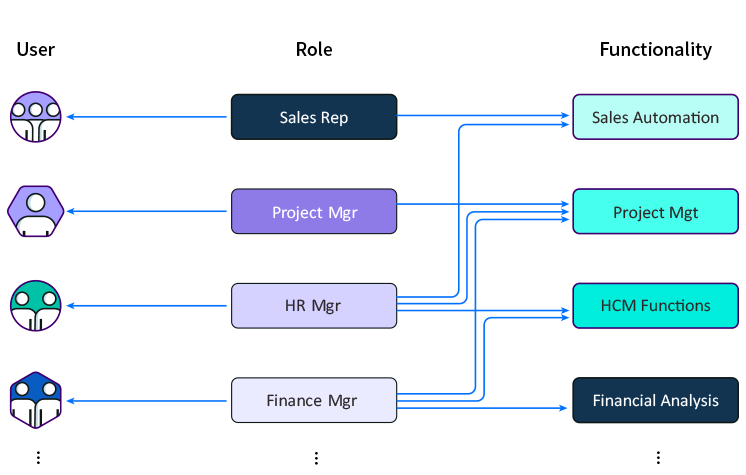
RBAC: Data Access Entitlement
8Manage allows different roles (e.g., Executive, Division Manager, Department Manager) to be defined and each user is usually assigned to one role. The user’s data access rights are determined by the roles assigned to her.
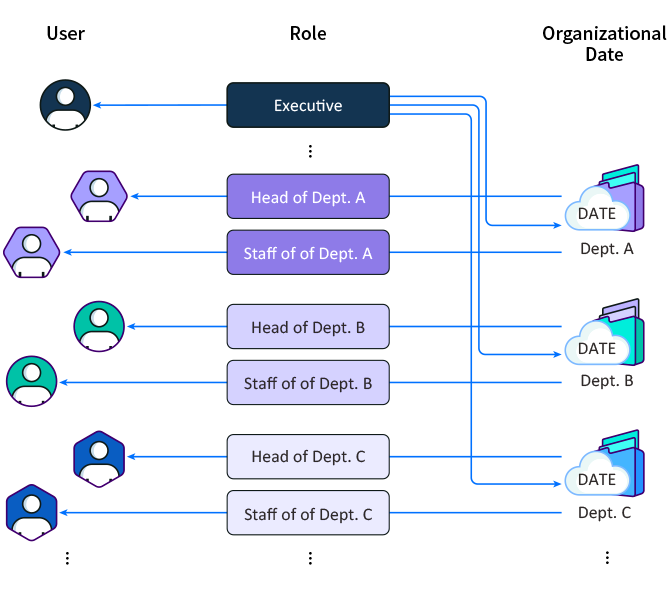
RBAC: Data Access Authorization
8Manage supports authorizing users extra data access rights by the users (e.g., administrator) who have the authorization authority. The authorization can be done in the organization data level, data type level and field level.
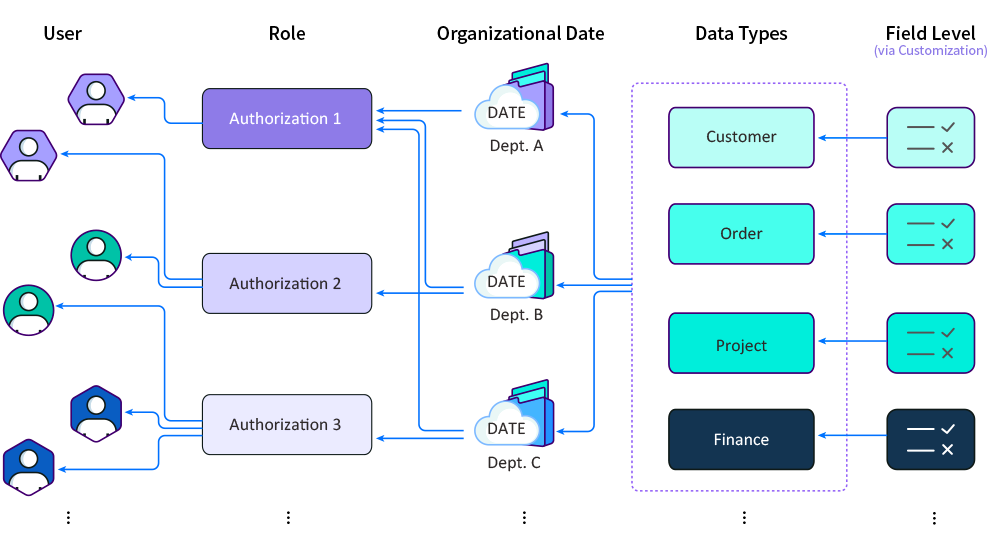
-
Undeletable Audit Trail
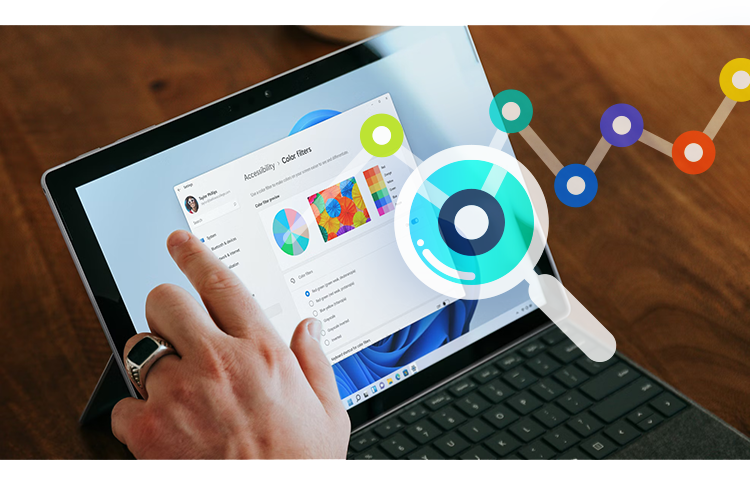
8Manage provides unalterable and undeletable audit logs which contains the chronological records of all changes made to each business object including:
- Who makes the change
- Time of the change
- Data difference before and after the operation
The log history of user actions, interactions and transactions also includes the network address (IP) of each user.





